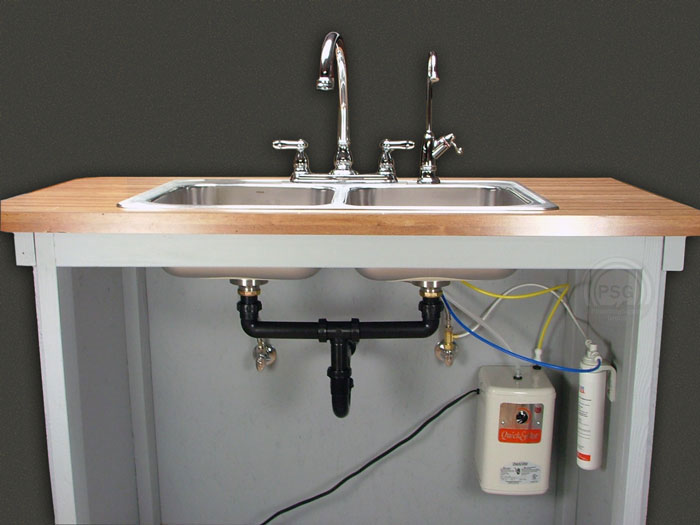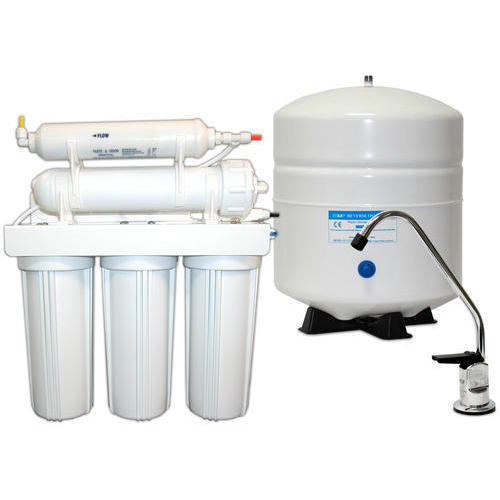Reverse osmosis: advantages and disadvantages
06.04.2020
According to the World Health Organization approach, one of the indicators of human well-being is access to drinking water. In developing countries, this indicator shows that there is access to water free of pathogens and highly toxic compounds that can lead to severe impairment or death. In developed countries, water is generally free of such hazardous contaminants, but its composition does not always meet international and national drinking water standards.
One of the most important indicators, which is strictly controlled in tap water, is the number of pathogens and parasites. Plumbing water can be disinfected with chlorine, and wells and wells are not disinfected with water. Despite the fact that chlorine is the most effective method of water disinfection, there are damages to the water supply system and emergency situations.

In addition, studies confirm that tap water often overestimates the concentration of hard salts, heavy metals: iron, aluminum, lead, chromium, manganese (depending on the region and the source of water intake). These substances have the property to accumulate in the body and cause chronic diseases. For example, manganese can affect the nervous system and cause depressive disorders, iron can cause problems with the digestive tract (flatulence, nausea, vomiting). Hardness salts in excessive amounts can provoke salt crystals in the renal tissue.
As indicated above, chlorine is the most effective decontaminating agent, but clinical studies have shown that its products interact with organic compounds, are toxic and carcinogenic. Even taking into account the fact that we have mentioned far from all possible problems, we can conclude that “drinking water” is quite a conventional concept.
The advantages of reverse osmosis
- Drinking water of perfect quality. We have already found out that water purified with reverse osmosis is completely safe and useful for all family members.
- Permanent access to clean water in your home. You no longer have to carry water bottles to the filling points and carry them back home.
- Saving money. The cost of water treated with reverse osmosis is well below the average cost of bottled and imported water.

Disadvantages of reverse osmosis
Despite the advantages of reverse osmosis filters, they certainly have several disadvantages. The main drawback of such systems is their low performance – at the pressure that creates a water supply system, the sewer system takes up to 70 percent of the water, that is, one liter of treated water – may account for 3 liters of concentrate (or dirty water). This is bad because water consumption increases, which in turn affects the cost of water and is harmful to the environment.
Less significant, but noticeable, disadvantages are also:
- the size of the filter (it takes up quite a lot of space under the sink);
- quite a high cost, which is levelled when calculating the cost of a liter of water and comparing it with bottled or imported water;
- the need to install a pressure reducer in case of pressure “jumps” in the pipeline, which is an additional cost and inconvenience during installation.
We figured out what are the benefits, harm to reverse osmosis and the design features, advantages and disadvantages of such reverse osmosis filters. If you need a reverse osmosis water filter system installation, it is important to find professionals who can achieve significant results. You can try to install such a filter yourself, but you can often make serious mistakes. So if it is possible to hire professionals, it is better to do so.


